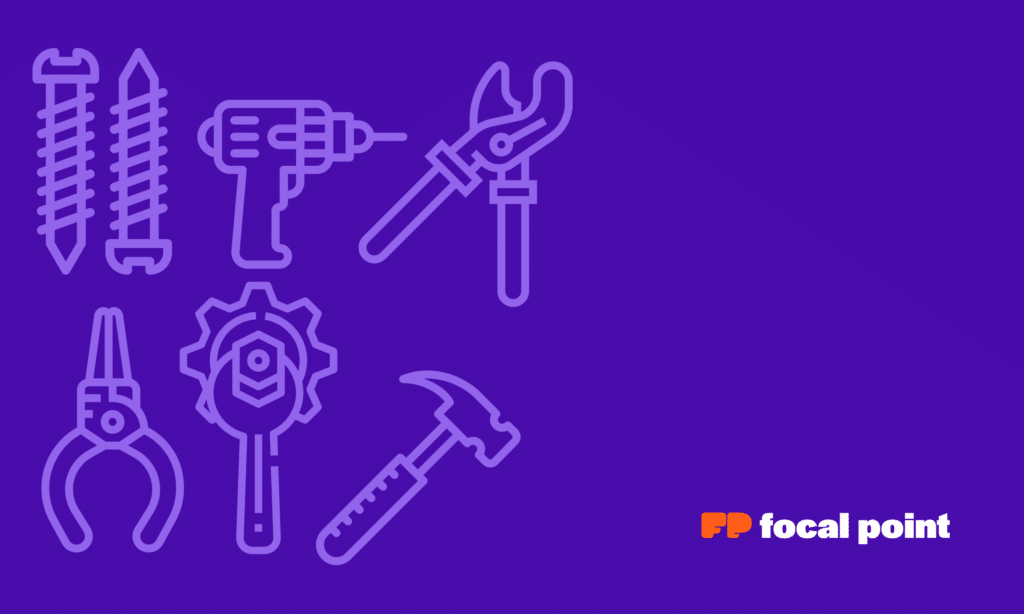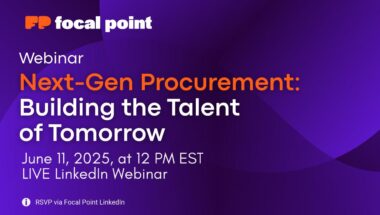In the 1980s, I worked in car manufacturing in England. It was an exciting time—an era of industrial change, emerging automation, and intense competition. But it was also a time when processes were far from perfect.
I saw firsthand what happens when supply chains break down. Production lines would grind to a halt because of a single missing part.
Sometimes it was something as minor as a bolt; other times, it was a critical component without which nothing could move forward. Either way, the impact was the same—delays, cost overruns, and frantic efforts to find a workaround.
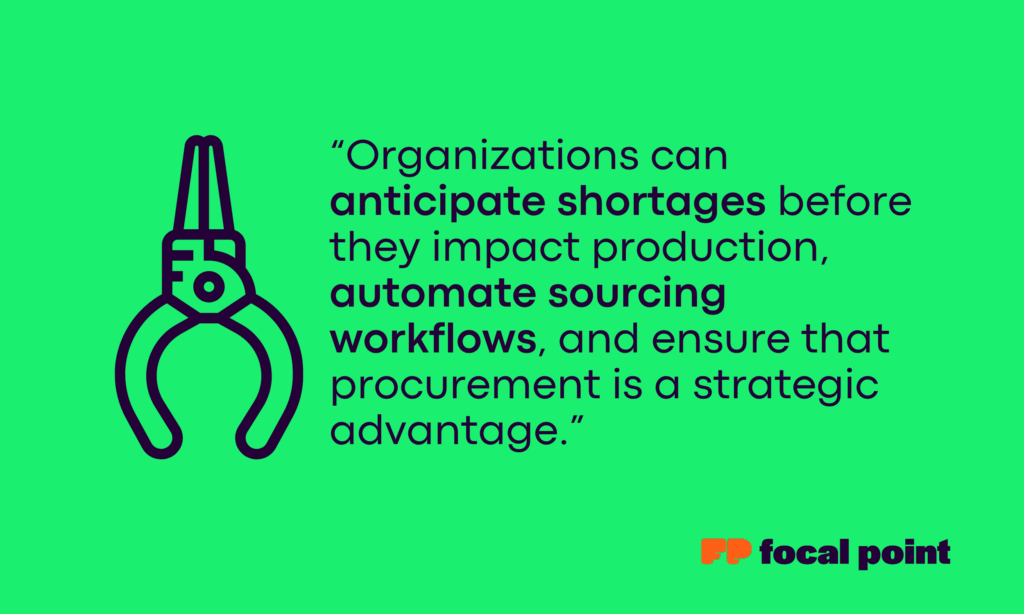
At the time, procurement was reactive. If a part was missing, the response was often a mix of phone calls, urgent supplier negotiations, and, sometimes, improvisation on the factory floor.
The experience left a lasting impression on me: even the best-engineered production line is only as strong as its weakest link.
The Same Challenge, Decades Later
Fast forward to today, and while industries have evolved, procurement teams still grapple with the same fundamental challenges:
Bottlenecks kill efficiency – A single missing piece can disrupt an entire workflow, whether in manufacturing, software development, or service delivery.
Workarounds are costly – Last-minute sourcing is always more expensive than proactive planning. Whether it’s an auto part, a software license, or a raw material, scrambling at the eleventh hour rarely leads to optimal outcomes.
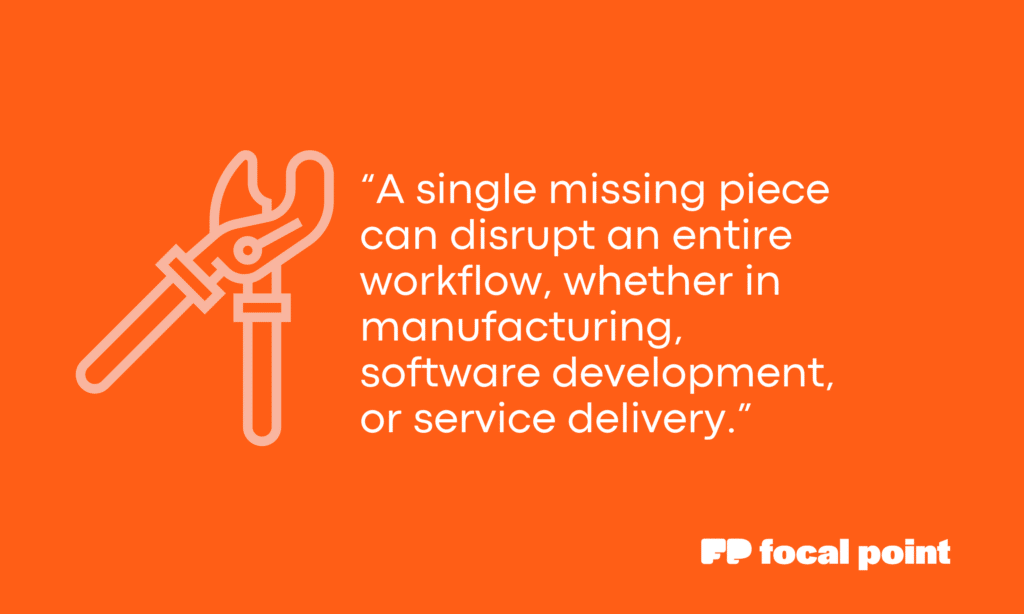
Supply chains must be agile – Visibility and automation are no longer luxuries; they are necessities. Organizations must anticipate disruptions before they happen, not just react to them.
The Difference Today: Technology as an Enabler
The biggest difference between then and now? We have technology that can predict, automate, and streamline these processes—if we use it right.
Procurement orchestration platforms, AI-driven forecasting, and real-time supply chain visibility tools mean that businesses no longer have to operate in the dark.
Organizations can anticipate shortages before they impact production, automate sourcing workflows, and ensure that procurement is a strategic advantage rather than a recurring pain point.
Yet, many companies still rely on outdated systems or fragmented processes, leading to the same inefficiencies that plagued manufacturing floors decades ago.
The lesson from the 1980s still holds true: without the right processes in place, even the best-run operation can be derailed by something as simple as a missing bolt.
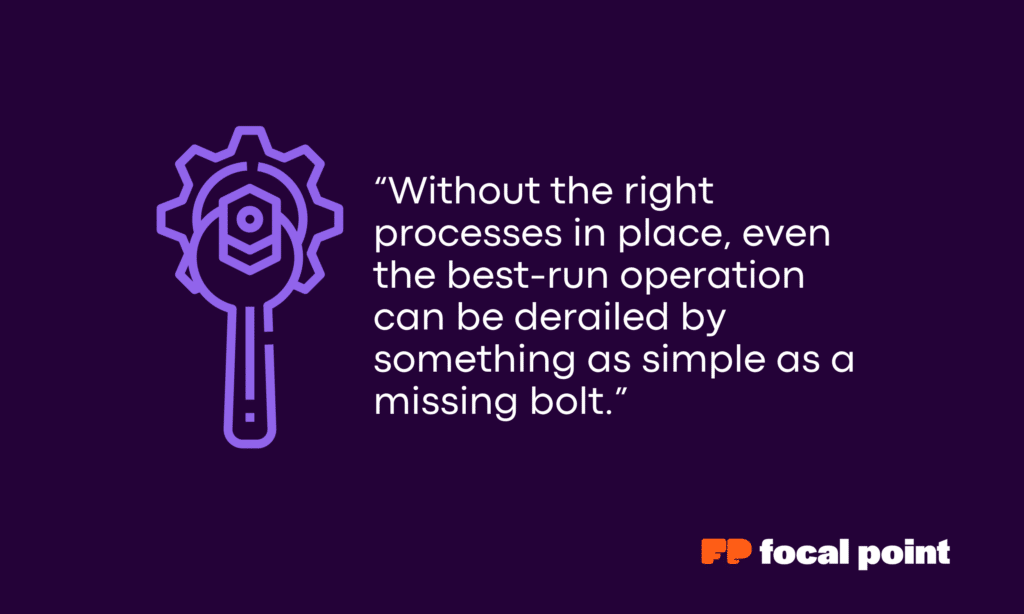
Lessons from the Past, Solutions for the Future
Reflecting on that time in car manufacturing, I see clear parallels to the challenges modern procurement leaders face today. The difference is that we now have the tools to solve them. The question is: Are we leveraging them effectively?
Learn more about how the right procurement orchestration solution can streamline your workflows, centralize your data, and connect your people all in one place.
